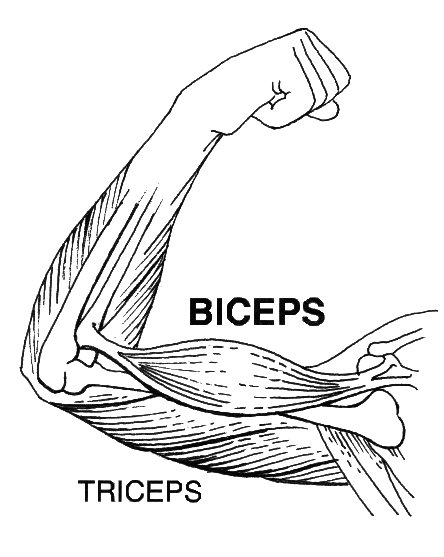|
10 minutes maximum! Can you do it in 5? |
||
1. Muscles can produce forces. Which of these statements is correct?
|
||
2. What unit should be used to measure the size of a force produced by a muscle?
|
||
3-5: These questions are about muscles in the arm. There are two main muscles in the upper arm, the bicep and the tricep as shown here.
|
 |
|
3. To make the arm bend as shown in the image, the...
|
||
4. There are many muscle pairs in the body like the bicep and tricep. They work against each other, moving our limbs. A pair of muscles like this is called...
|
||
5. An athlete tears a bicep during excercise. This make it difficult and painful to...
|
||
6. The human skeleton has many functions. Which of these is not a function of the skeleton?
|
||
7. What is the main function of the skull?
|
||
8. Which of these answers is a function of ribs in the skeleton?
|
||
9. Muscles are connected to bones to produce forces and move the skeleton. What are the connective tissues called that join muscle to bone?
|
||
| 10. The image shows a band of strong tissue in the body that connect bone to bone, prevent the knee joint from moving too far during running and walking. What is this tissue labelled X called? |
|
|
|
||